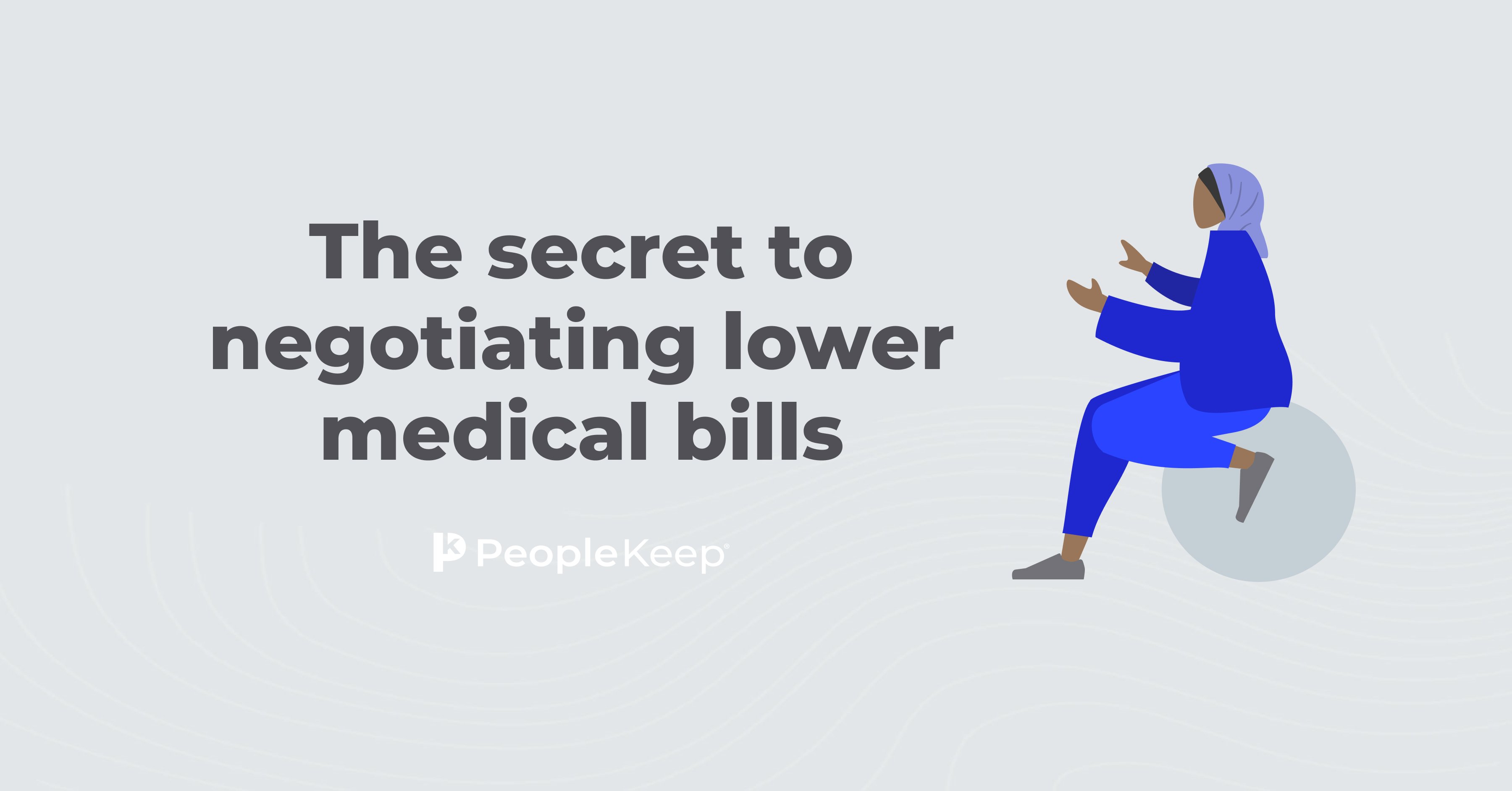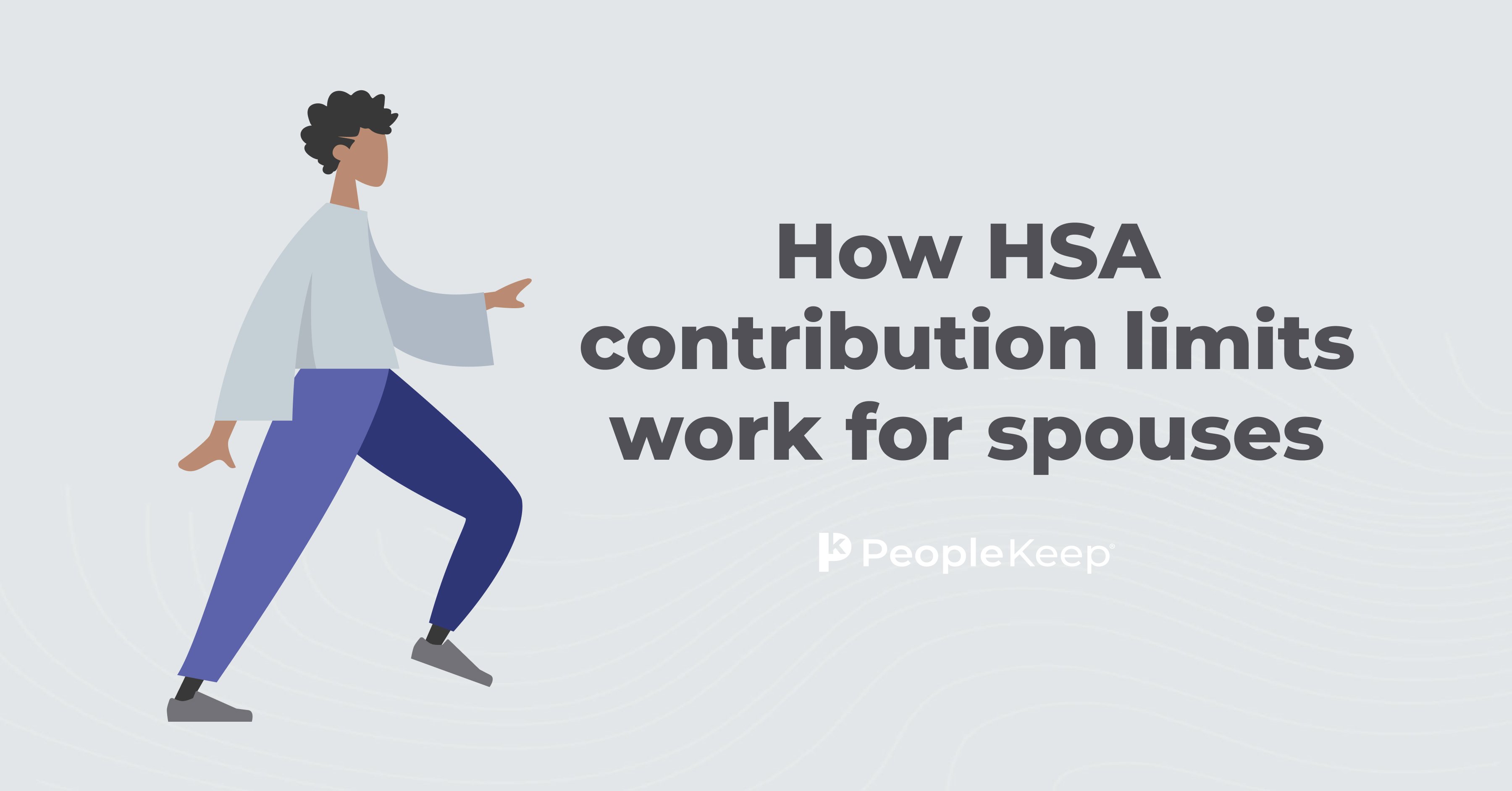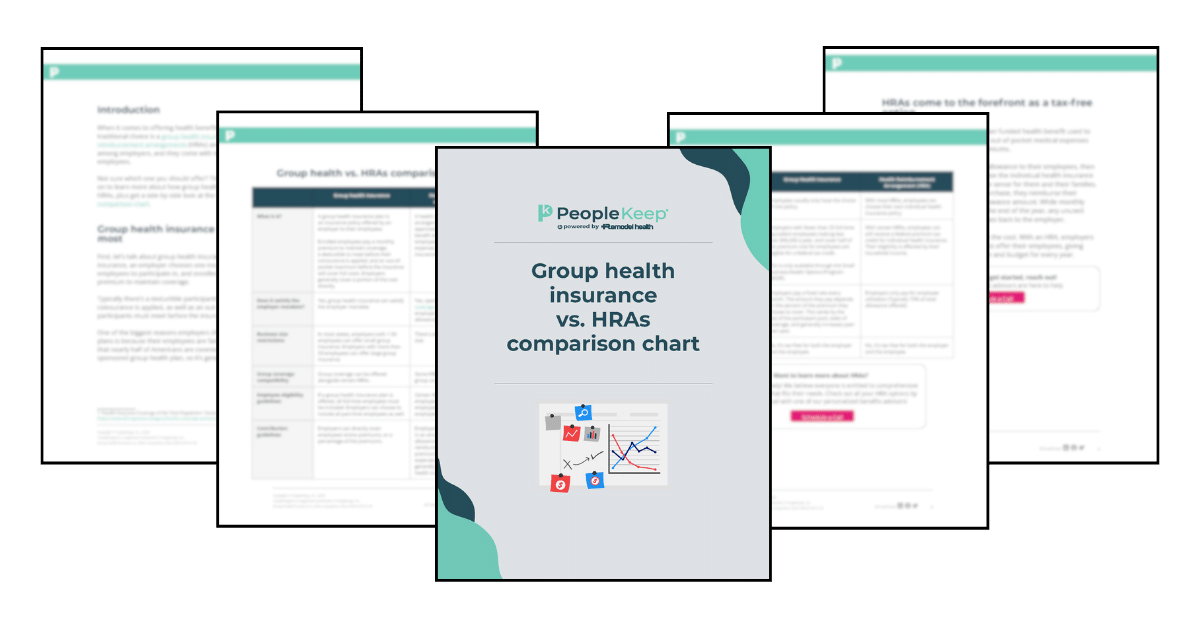
Summary Annual Report for employee benefit plans
A Summary Annual Report gives an overview of your employee benefit plan’s financials. Learn what it includes, who must file, and key compliance rules.

Employee retention: The real cost of losing an employee
Employee turnover is costly. Discover the true cost of losing an employee and how improving retention can protect your bottom line and team performance.

What is a qualifying life event?
A qualifying life event lets you change health insurance outside Open Enrollment. Learn what counts and how it affects your coverage options.
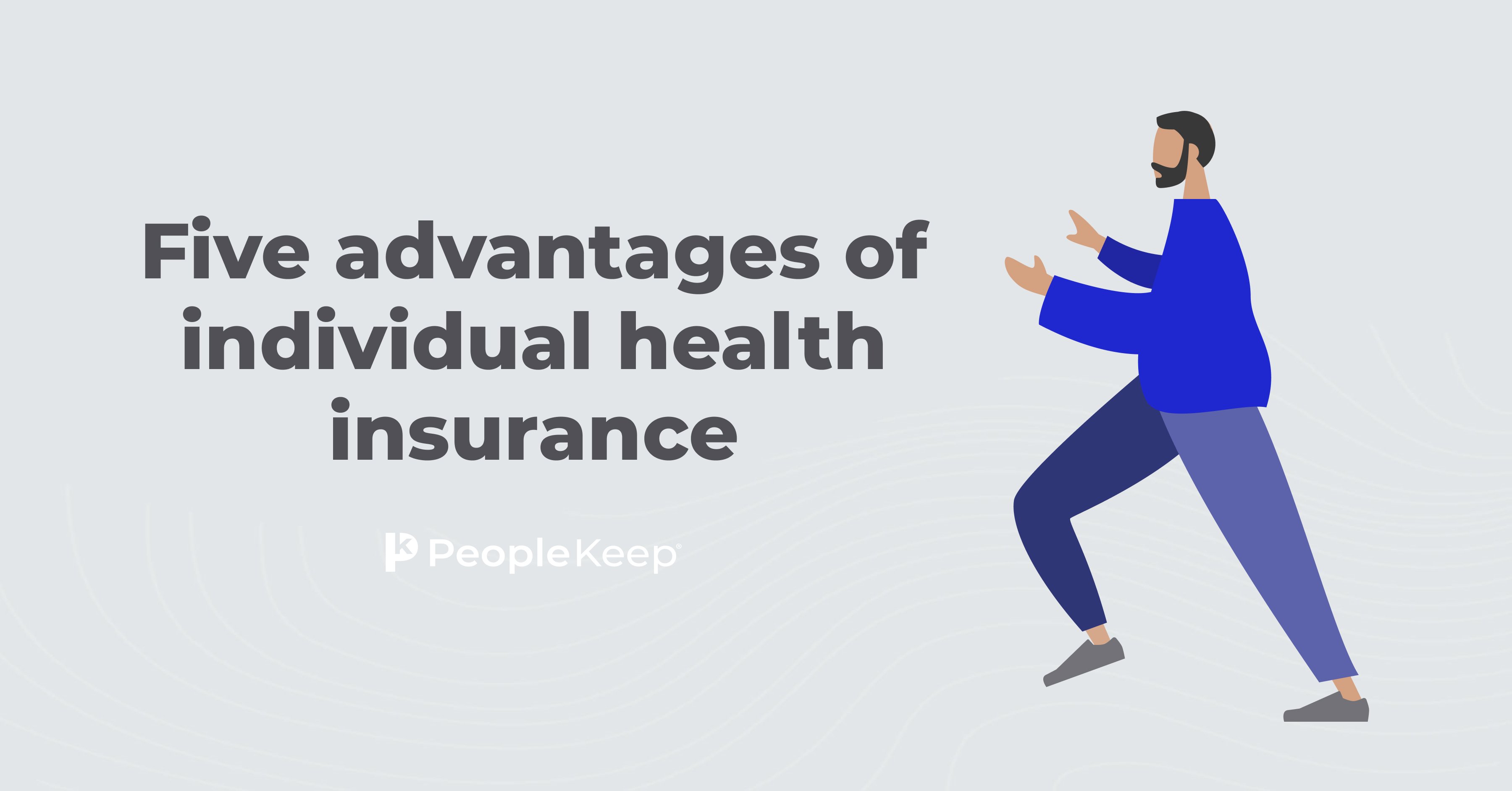
5 advantages of individual health insurance
Individual health insurance has a range of advantages, from comprehensive coverage to the ability to tailor your plan to your needs. Find out more in this guide.

Key HR compliance dates for 2026
Keep track of important HR compliance dates in 2026 with this easy-to-use calendar. Don't let compliance issues catch you off guard.
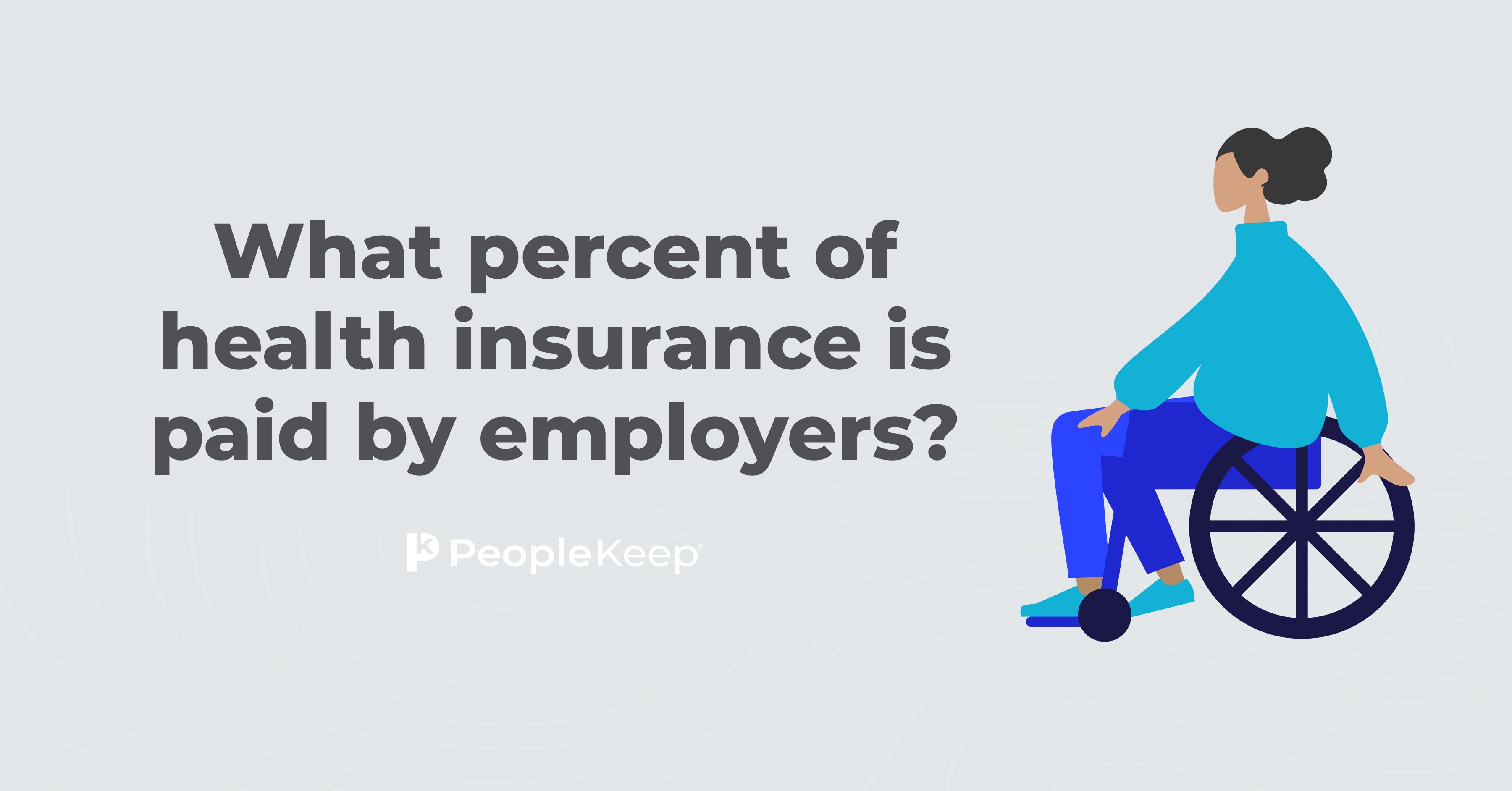
What percent of health insurance is paid by employers?
Wondering how much employers pay for health insurance? Learn the average employer contribution percentage and how it varies by plan and business size.

Types of HRAs
Explore the different types of HRAs, including ICHRA, QSEHRA, and group coverage HRA. Learn how each works and which is right for your organization.
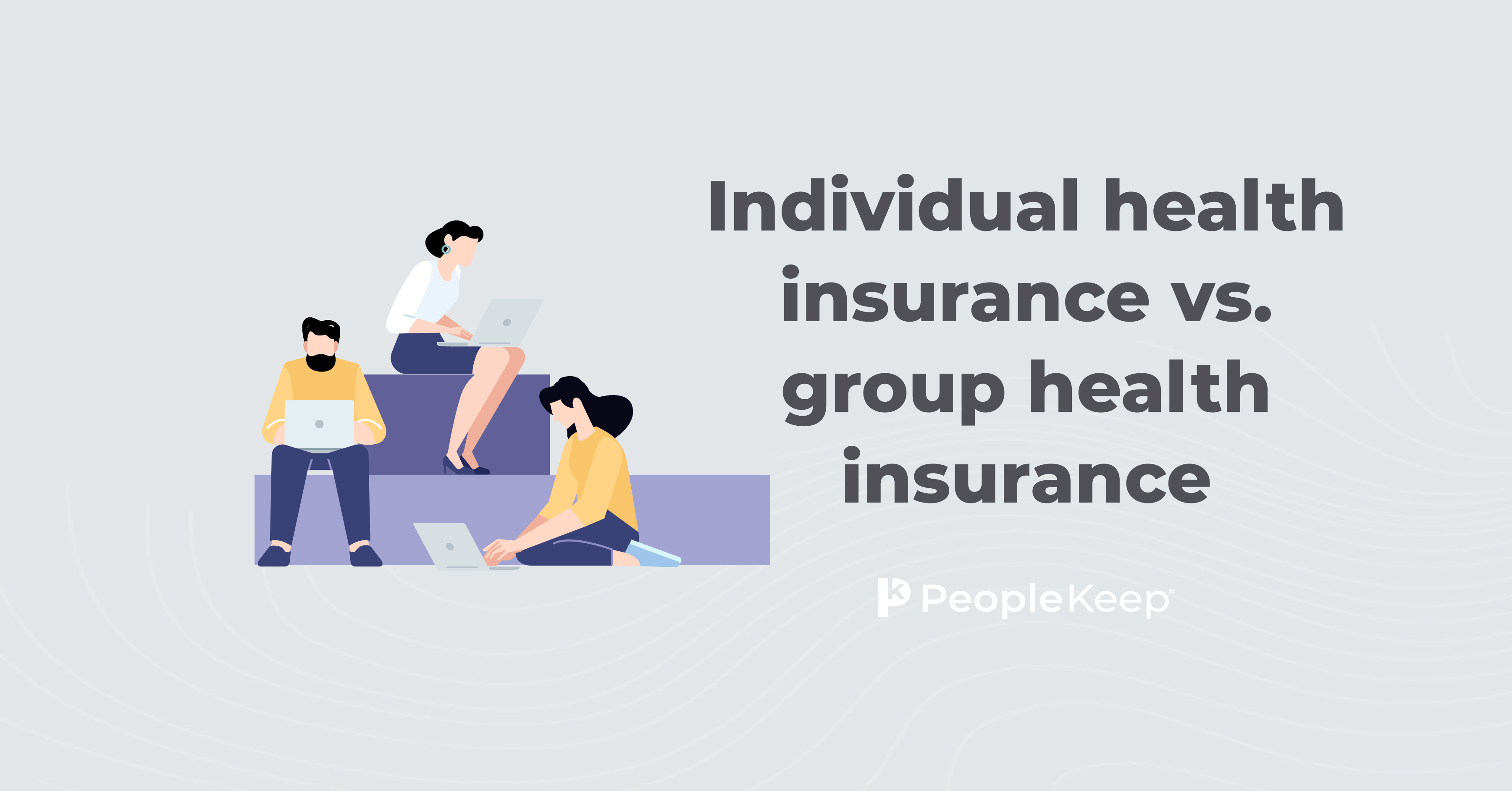
Individual health insurance vs. group health insurance
Wondering how group insurance differs from individual insurance? Find out in this comprehensive guide and make an informed choice for your organization.

What is comprehensive health insurance coverage?
Comprehensive health coverage includes a wide range of essential services. Learn what it covers and how it compares to other plan types.





